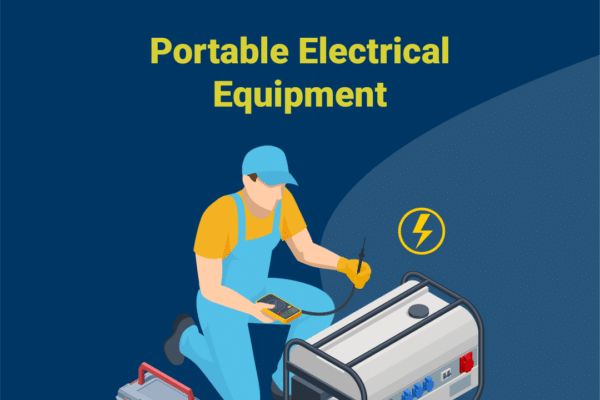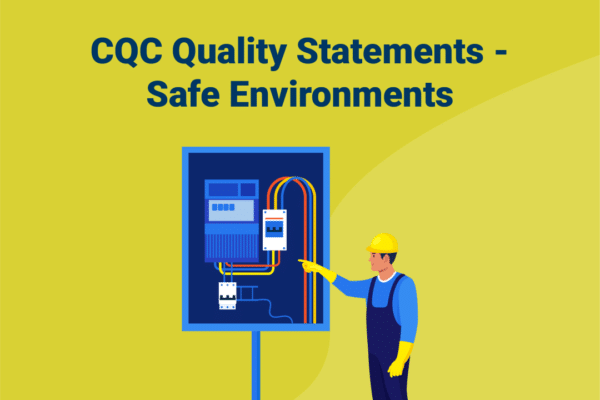Download our monthly health and safety review for February 2023 on ‘infection control in the workplace’ by our partner, Napthens here
DOWNLOAD NOW
Alternatively, read it here:
The QCS policy of the month is the Infection Control Policy and Procedure. It is important to consider the risks from the spread of infections as some people in your workplace may get more ill than others. Vaccinations can be a good way to keep people safe within your organisation. You should consider how you can support your staff in the best way to get vaccinated.
Another good control measure to reduce the likelihood of infections is the letting in of fresh air. This can help to reduce viruses spreading between people. We refer to this as ventilation and a simple definition of this is a process of bringing fresh air in from the outside and removing the indoor air. Indoor air can become stale, contain pollutants or other impurities and can become hot or humid because of work activities.
There are benefits associated with having good ventilation such as better concentration, higher levels of productivity, improved health and lower absence rates to name a few. Ventilation in buildings can be provided by natural ventilation, mechanical ventilation or a combination of both. Whichever means of ventilation is suitable for your premises, you must continue to ensure that the workplace temperature remains comfortable and that your employees are not exposed to any unnecessary breezes or draughts.
In a previous blog I have covered the topic of the National Standards of Healthcare Cleanliness 2021 guidelines. It therefore should not be any surprise that keeping the workplace clean can help to stop infections spreading. Do you have arrangements in place for the cleaning of shared work surfaces that multiple people may use? It is prudent to support staff to maintain a clean work environment by providing hot water and soap, cleaning products and sanitiser for example.
You should consider the spread of infections in your risk assessments and detail the control measures that you have put in place to reduce the likelihood of occurrence. When looking at risk, we use a hierarchy of control: can the risk be eliminated? Can it be substituted for something less hazardous? Can it be controlled by mechanical controls, and then by process or administrative controls, before relying on personal protective equipment? Where you have identified that personal protective equipment will be used, do you have adequate stock for all staff and do you have good stocks to ensure that staff always have access to it, where it is required?
Staff must receive suitable and sufficient information, instruction and training to carry out their activities and tasks safely. Part of this should be training in your control measures for reducing the spread of infections in the workplace. As with any training that you provide to your staff it is best practice to have records that this training has taken place.
To ensure your continued compliance in this area you should access the policies and procedures for this topic from your QCS system.
Napthens Health and Safety is a trading name of ATG Health and Safety Consultants Limited. ATG Health and Safety Consultants Limited is a limited company incorporated in England and Wales with registered company number 5172986. It is a business providing Health and Safety consultancy which is not regulated by the SRA.
VAT Reg No. 842 0852 39






